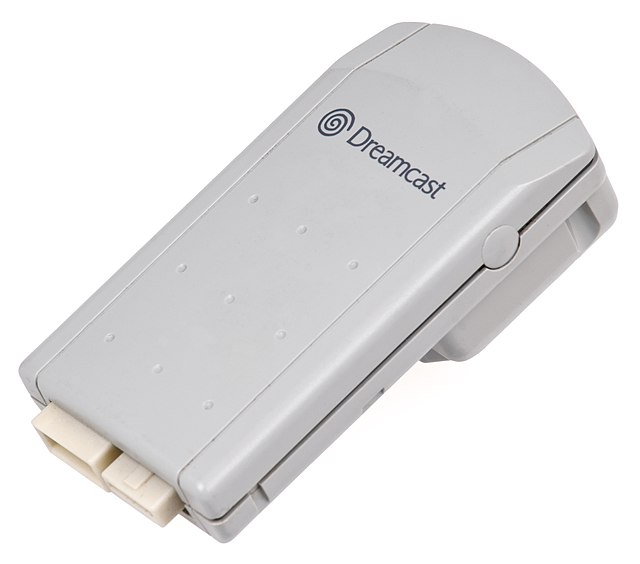Haptic technology is technology that can create an experience of touch by applying forces, vibrations, or motions to the user. These technologies can be used to create virtual objects in a computer simulation, to control virtual objects, and to enhance remote control of machines and devices (telerobotics). Haptic devices may incorporate tactile sensors that measure forces exerted by the user on the interface. The word haptic, from the Greek: ἁπτικός (haptikos), means "tactile, pertaining to the sense of touch". Simple haptic devices are common in the form of game controllers, joysticks, and steering wheels.
Aura Interactor vest
Jensen's Tap-in device
Vibramotor of LG Optimus L7 II
Rumble packs for controllers, such as this Dreamcast Jump Pack, provide haptic feedback through users' hands.
Touch is perceiving the environment using skin. Specialized receptors in the skin send signals to the brain indicating light and soft pressure, hot and cold, body position and pain. It is a subset of the sensory nervous system, which also includes the visual, auditory, olfactory, gustatory and vestibular senses.
Touch is a crucial means of receiving information. This photo shows tactile markings identifying stairs for visually impaired people.
Touch can result in many different physiological reactions. Here, a baby laughs at being tickled by an older sister.






